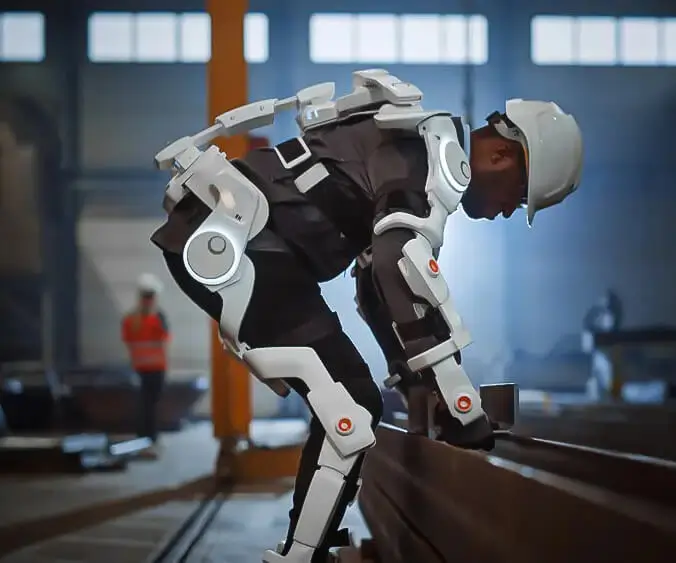Unleashing the Power of Servo Motors with Arduino: The Ultimate Beginner’s Guide
Imagine a tiny motor that can rotate to a specified position, hold that position with precision, and move back again—sounds simple, right? Well, when it comes to robotics, automation, and mechanical projects, that seemingly simple device is often a servo motor. These compact, versatile actuators are the backbone of many DIY projects, from robotic arms to remote-controlled cars. And when combined with an accessible platform like Arduino, they open up a universe of possibilities.

What Is a Servo Motor?
Before diving into the "how," let’s clarify what a servo motor actually is. In essence, a servo motor is a rotary actuator that allows precise control of angular position, velocity, and acceleration. Unlike regular motors, which run continuously in one direction, servo motors are designed to position themselves accurately within a specified range—usually close to 180 degrees, but some models can go beyond.
Most hobbyist servo motors operate via Pulse Width Modulation (PWM), which is a technique of varying the width of a pulse to control the position. Inside a servo, there's a small control circuit, a motor, and a feedback system (usually a potentiometer) that measures the current position. The circuitry compares the feedback to the desired position sent from a microcontroller like Arduino and adjusts the motor accordingly.
Why Use a Servo Motor with Arduino?
Arduino, the open-source microcontroller platform, is perfect for projects requiring precise motion control. Its ease of programming, combined with a large community and abundant resources, makes it an ideal choice for working with servo motors.
Here are a few compelling reasons to fuse Arduino with servo motors:
Precision Control: Low-level control over position, speed, and torque. Ease of Use: Arduino libraries simplify the programming process. Cost-Effective: Servo motors and Arduino boards are affordable and readily available. Versatility: Suitable for robotics, animatronics, automation, and art projects.
Getting Started: What You'll Need
Embarking on your servo motor journey demands some basic components:
Arduino Board: Uno, Mega, Nano—any compatible board works. Servo Motor: Common models like SG90 or MG90S are excellent for beginners. Power Supply: Often, the servo can be powered directly from Arduino, but for multiple servos, a dedicated power source is recommended. Jumper Wires: For connections. Breadboard: Optional but helpful for prototyping. Resistors and other components: Depending on your project.
Connecting Your First Servo
Let’s walk through a simple setup:
Identify the servo wires: Typically, these are three: power (red), ground (brown or black), and signal (yellow, white, or orange). Connect the power wire to the 5V pin on Arduino. Connect the ground wire to the GND pin. Connect the signal wire to a PWM-capable digital pin, e.g., pin 9.
Note: If you're powering the servo directly from the Arduino, keep in mind that it can supply only a limited current—usually enough for a single small servo. For larger or multiple servos, consider a dedicated external power supply to avoid damaging your board.
Programming Your Servo with Arduino: The Basic Sketch
Now, the fun part begins! The Arduino IDE comes with a library named Servo.h that simplifies controlling servo motors.
Here’s a simple sketch to move the servo to 0, 90, and 180 degrees:
#include Servo myServo; void setup() { myServo.attach(9); // attaches the servo to pin 9 } void loop() { myServo.write(0); delay(1000); myServo.write(90); delay(1000); myServo.write(180); delay(1000); }
Upload this program, and your servo will move smoothly between the three positions, pausing for a second at each.
Understanding the Code
#include : Brings in the servo library. Servo myServo;: Creates a servo object. attach(9): Links the servo to pin 9. write(angle): Sets the servo's position, with an angle between 0 and 180 degrees. delay(milliseconds): Pauses execution to allow the servo to reach the position.
This simple code is just the beginning—the foundation for more complex automation and robotics tasks. But before you dive into intricate projects, there are some important considerations physically, electrically, and programmatically.
Leveraging innovations in modular drive technology, Kpower integrates high-performance motors, precision reducers, and multi-protocol control systems to provide efficient and customized smart drive system solutions.




































